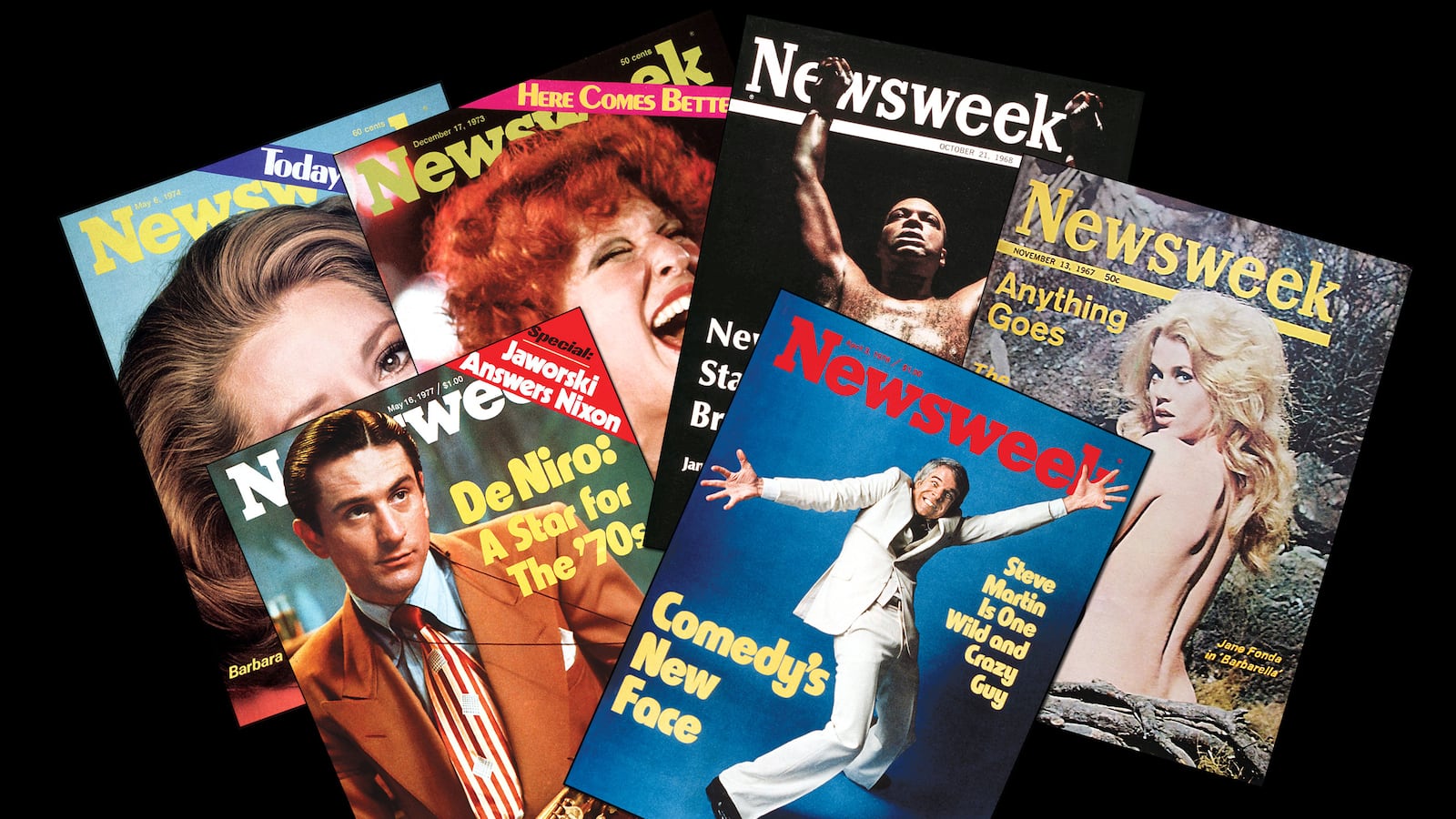I once heard Osborn Elliott, the transformational editor of Newsweek, compare the proper functioning of a newsmagazine to that of the nose of an airplane. “We have to be out in front, but not too far out,” he said. “We have to know what’s behind us, the passengers and the baggage. But we also have to be able to see what’s in front of us, even if you can only just make it out.”

In the days of Oz and his immediate successors in the magazine’s top editorial seat, no part of Newsweek hewed more closely to that mission than the “back of the book,” which ran reviews and articles about art, architecture, photography, music, movies, dance, theater, and books. While most of the magazine’s attention was focused on the news of the past seven days, we in the cultural sections had our eyes trained not only on what had recently opened, but on what was coming, just over the horizon. One afternoon in 1973, I was returning from lunch with Jack Kroll, the magazine’s brilliant culture editor, when we bumped into Oz in the elevator. “Why don’t you guys do a big package on the arts in America—they’re really taking off,” Oz said in his off-hand way. Thus was born another of Newsweek’s signature special issues—virtually an entire magazine devoted to the surging national appetite for challenging art, music, dance, theater, film, and literature.
It was in our choice of cover subjects that Newsweek made its greatest cultural impact. We mixed highbrow and lowbrow, the celebrated and the not-yet-celebrated. There was the feisty New York producer, Joe Papp, whose free Shakespeare in Central Park and radical musicals like Hair were setting the standard for regional theaters. After the tumultuous ’60s, America was swept by nostalgia for earlier times, inspiring us to revisit the golden days of Fred Astaire and Gene Kelly, whose compilation of MGM dance sequences, That’s Entertainment!, was boffo at the box-office. A glib stand-up comic named Steve Martin was getting big laughs by parodying glib stand-up comics and denying audiences a punch line. A funny, bawdy singer named Bette Midler was drawing sophisticated New Yorkers to a gay bathhouse and scrambling sexual tastes with abandon. A gap-toothed, off-center beauty named Lauren Hutton, who wore high-style, accessible clothes by Halston, was suddenly the most alluring face in America.

In our view, serious books were not just for the literati, but for anyone with a hunger for brilliant writing. Newsweek covers significantly broadened the appeal of Truman Capote, William Styron, Joyce Carol Oates, Saul Bellow, Toni Morrison, V.S. Naipaul, and Harold Pinter. When we put John Cheever on the cover for Falconer, his startling novel about the prison experience of a bisexual, upper-middle-class heroin addict, its unexpected jump to the top of the bestseller lists sparked a publishing revival of his chronicles of suburban angst.
We made virtual pop stars out of opera singers like Beverly Sills, Luciano Pavarotti, and Placido Domingo; classical musicians like Itzhak Perlman; and ballet luminaries like Mikhail Baryshnikov, Suzanne Farrell, and Gelsey Kirkland. Sometimes we pushed the envelope a little far. The cover for a story about the resurgence of figurative art showed a William Bailey painting of a bare-breasted model, which prompted the magazine’s removal from hundreds of newsstands.
In our long-running rivalry with Time, arts and entertainment covers often occupied the most competitive terrain. A battle over an emerging rock singer named Bruce Springsteen ended in an ignominious draw when he landed on the covers of both newsmagazines in the same week. A fight over the most scandalous movie of the era, The Last Tango in Paris, with Marlon Brando, produced a more satisfying outcome. I was interviewing Brando in his Hollywood lair when we were interrupted by a phone call from Time’s editor, Henry Grunwald, who pleaded with the reclusive star to speak with one of his reporters. “I’m afraid that’s impossible,” Brando told him. “Right now, I’m with Newsweek.” As things turned out, both newsmagazines got their Tango cover stories, but only one had Brando in his own words.
I didn’t fully appreciate the extent of our reach until an editor in the photo department dropped off a picture sent by our Latin American bureau. It showed a group of heavily armed Sandinista guerrillas huddled in the jungles of Nicaragua with big grins on their faces. What they were enjoying wasn’t a victory over government forces, but a Newsweek cover story celebrating the dazzling Diane Keaton.





